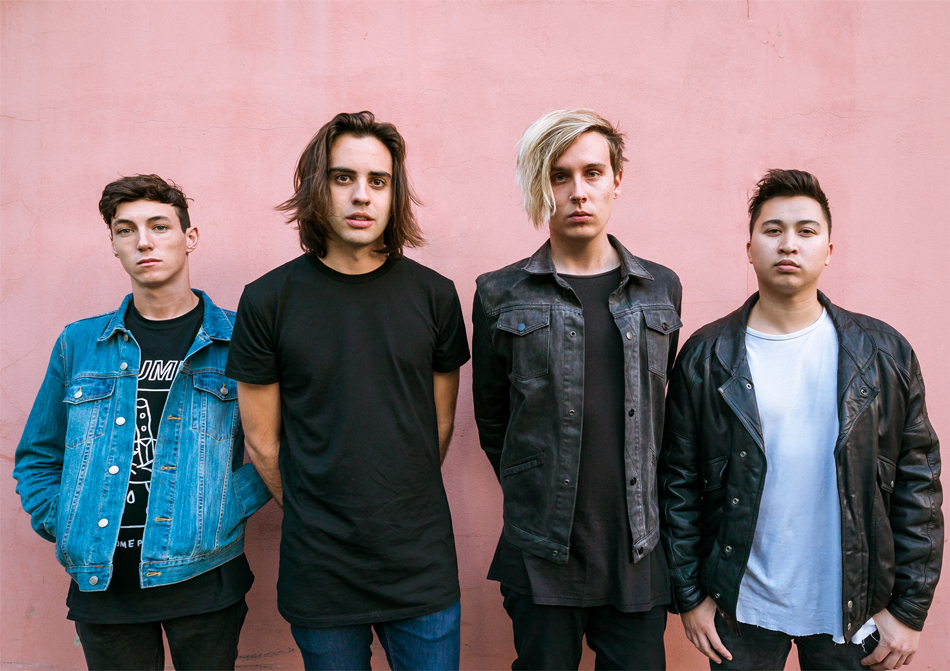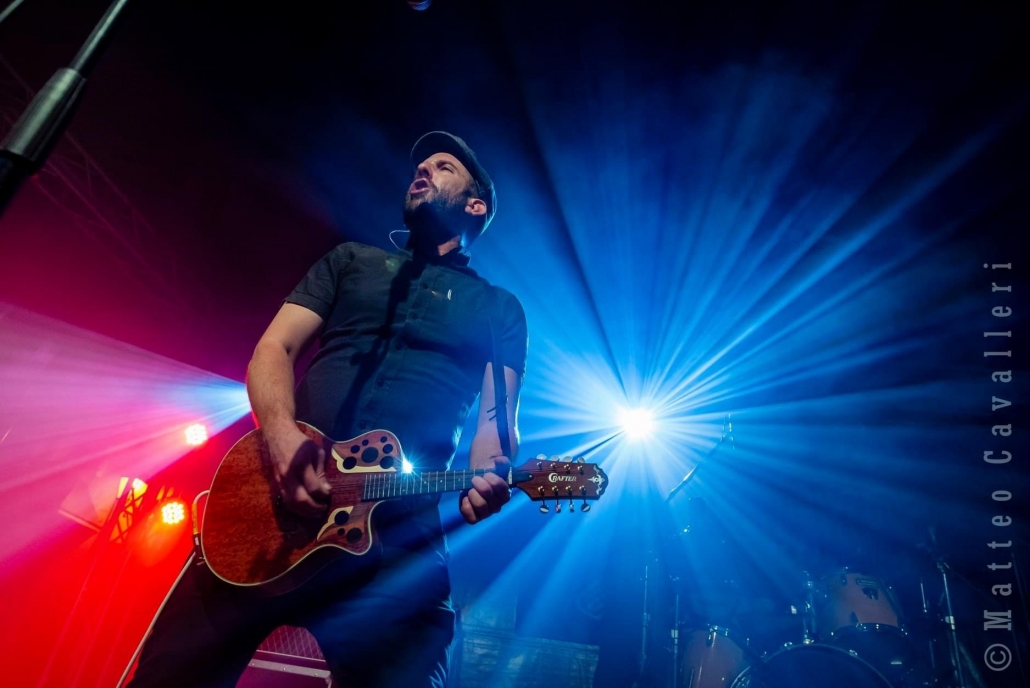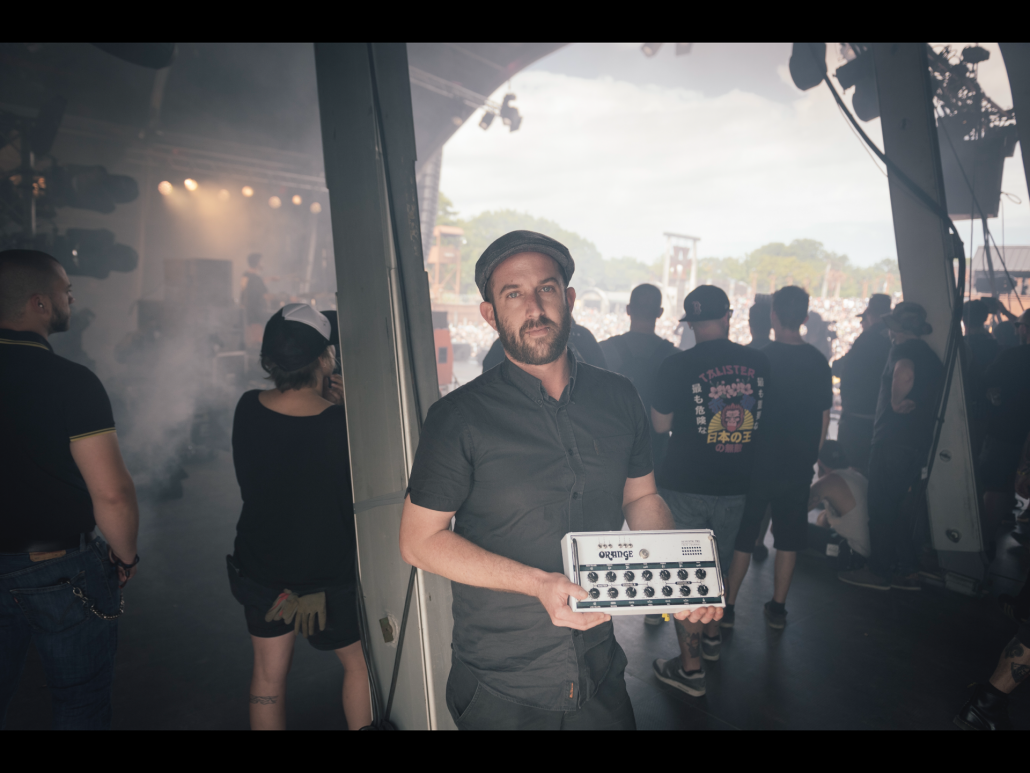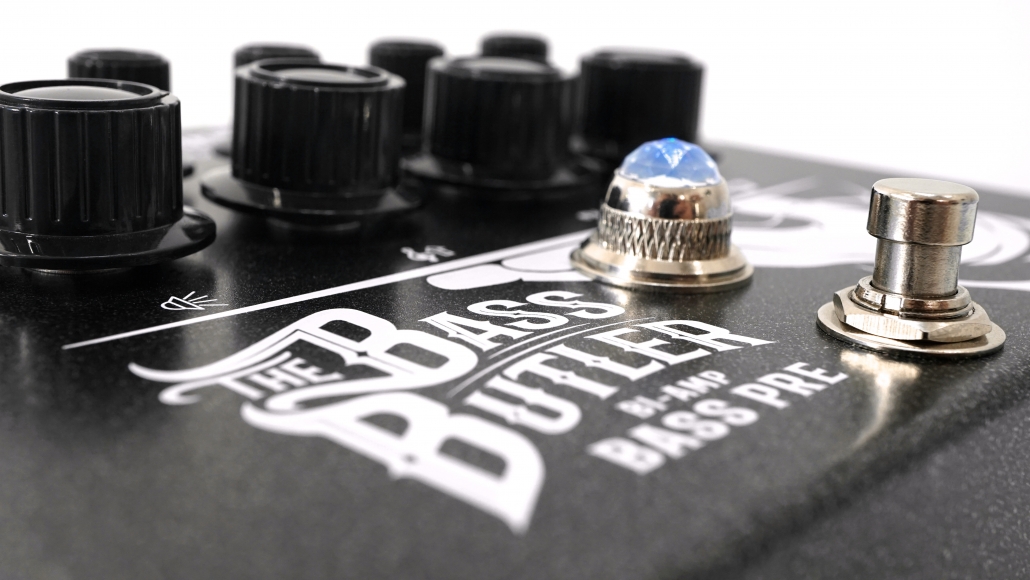Steven Hi, I’m Steven McDonald, I play in both the Melvins and Redd Kross, I’m also in another band called OFF! which I should mention, which I have played Orange amps in. Tonight I’m here at the Electric, Brixton in beautiful London.
On MTV they used to show, or there was another music television programme in America that would show old clips of Musikladen, the German TV rock show, they had live performances by classic bands such as Alice Cooper, Hawkwind and Black Sabbath. They had an all Orange backline, there is a couple of really great Alice Cooper clips of “I’m eighteen” and “Under my wheels”, super badass! I’ve always loved the sound of their guitars and maybe weren’t using Orange on their records but they certainly reproduced the sound of their records really well on those performances.
I remember one of my bands, this band I play in called OFF!, we were going to the South by Southwest festival, so I had this bright idea of getting this little head that is powerful as fuck and just bring it with me on the plane and I could just put it in the overhead compartment. It was like a total revelation when OFF! did ten gigs in like three days and every venue has at least a decent 8X10 or 4×10 cabinet but they never have good heads. So I would just plop that 500Watt bass terror down, it was very simple to work with and I had this consistent, badass sound, every show.
Then I started playing in the Melvins and Buzz was interested and I helped him get an OB1 and I took that out on the road and I really dug that. Then on this tour that I’m doing, since I’m doing both bands, Melvins and Redd Kross. I like the 4 Stroke because it has the full parametric EQ thing.
With Redd Kross its a bit cleaner and the EQ feels a bit more, I don’t want to use the word muddy but I can dip it around 200 hZ. In certain genres of rock like the Melvins, its great “mud that shit up” the whole bands works as this whole kind of one instrument, so that works good. But with the 4Stoke I’m able to pull some of that stuff out and get a more contoured bass tone.
There is that and the other part is, its really fucking loud! I’ve never played with a louder guitar player than Buzz and he doesn’t always play that loud, he doesn’t need all that amplification to make his point. I’ve never been on a stage with a guitar player where he has his power amps and he just turns them up and its like “Whoa!” He is also using a pedal, a boss bass distortion pedal, its got big ass bottom end on it, so it’s quite easy to get lost in that when you are a bass player, this amp has been great for me.
So I do Melvins sound check and I play with Buzz and I get it to that level and its been really easy. I like the way it is notched, the main output, makes it really simple for recall, formulae seems to be Melvins is somewhere around noon and then Redd Kross is two clicks down, done, easy!
I really think of Orange nowadays as the guys from Eagles of Death Metal and Dave Catching, he is badass, every musician I know respects. Its a classic name and for me I always go back to those Alice Cooper videos, that is about as cool as you could ever hope to get, so I’m proud to be a part of that.




